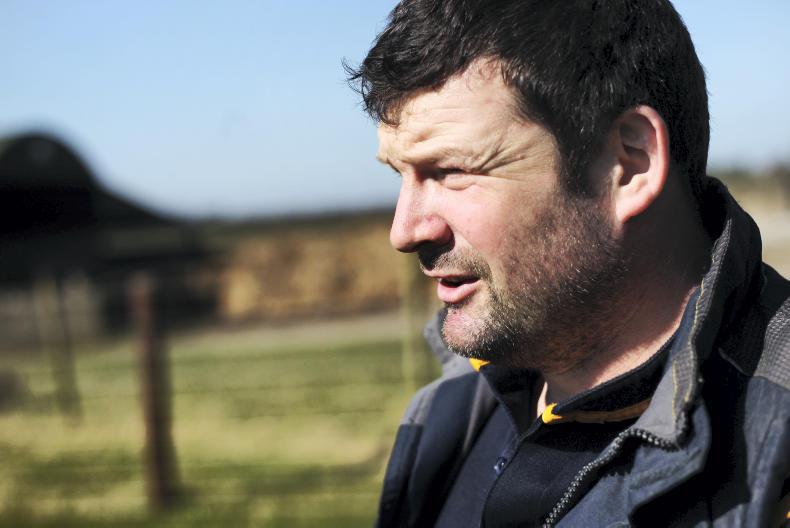My family and I took advantage of a quiet week to head up to Sligo to visit my grandparents, where we rented a bungalow in the countryside.
I was able to do some over-the-hedge farming and, as always, the faraway pastures look greener, especially if they get a helping hand from regular amounts of moisture, which had been severely lacking back home.
We love coming to Sligo and we had a wonderful time, swimming, sliding down sand dunes, cycling and pier jumping. We even managed to make it out as far as the beautiful cliffs of Slieve League in Co Donegal.
We also managed to bump into (from afar) numerous friends on our days out. It is amazing how small our country actually is when your path can cross so many people you know far from your own home. The week flew and before I knew it, it was time to go back to my ovines.
The late April group will now finally be dried off. This is the last group I have to wean and I plan to do so later this week. Grass is still under pressure despite the rain we received earlier this month.
The week flew and before I knew it, it was time to go back to my ovines
After spending a week away, there are a number of paddocks that need to be topped, while others have been removed as surplus along with the second-cut silage, which has also been harvested. I even have a number of fields that were removed as surplus before I went on holidays, showing signs of heading out due to stress from lack of moisture that may need topping.
All the toppings will be great feed for creatures like the earthworms and the nutrients will be returned to the soil to be used again in the future.
As I’ve mentioned, all ewes will now have been weaned and for many of us farmers, this would count as the beginning of the breeding season.
Realistically though, the breeding season starts in the spring when the ewes lamb down, as keeping records about ewes’ performances from lambing to weaning feeds into the decisions we make at this stage.
If they are repeat offenders or are receiving several notches, I try to remove them from my herd
These records allow us to remove a percentage of the least productive animals from our flock, giving us a better chance to make our flocks more efficient.
That is after all the ewes which have had problems, such as teeth, elders or ones that had picked up numerous ear notches over the last year have been removed. These notches can arise from a variety of reasons, but repeat lameness is the main one.
The system works well for identifying repeat offenders, as it is easy to notch a ewe’s ear when you’re treating her. If they are repeat offenders or are receiving several notches, I try to remove them from my herd.
As I have finished building ewe numbers on the farm, I will go through the performance records of the remaining ewes to decide which of them will be culled or kept for another year’s breeding.
All the ewes will be body condition-scored and any ewes that need to gain condition will be separated and given preferential treatment. The remainder of the ewes will follow behind the lambs, cleaning out paddocks fully in order to keep grass quality at its best. I will also start to draft out my replacement ewes over the next few weeks.






 This is a subscriber-only article
This is a subscriber-only article










SHARING OPTIONS: